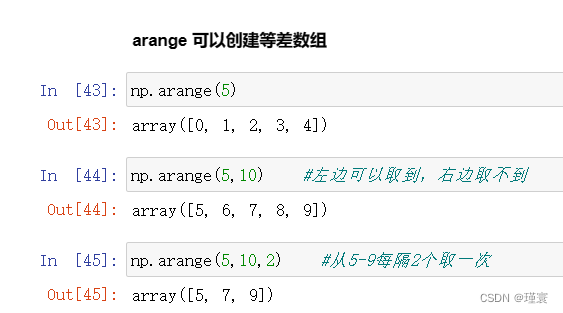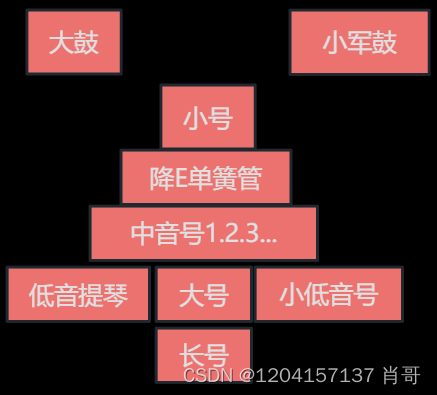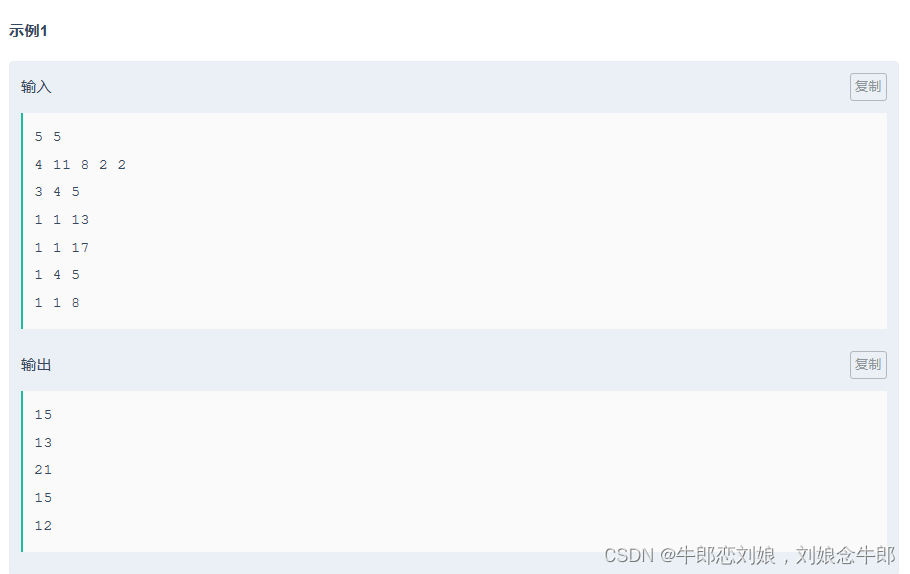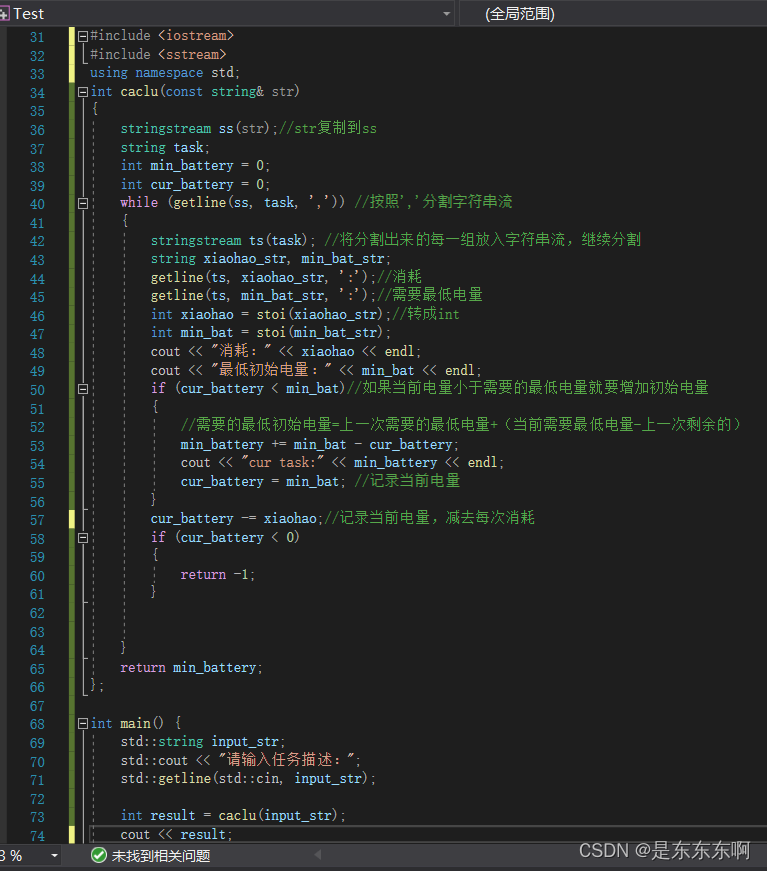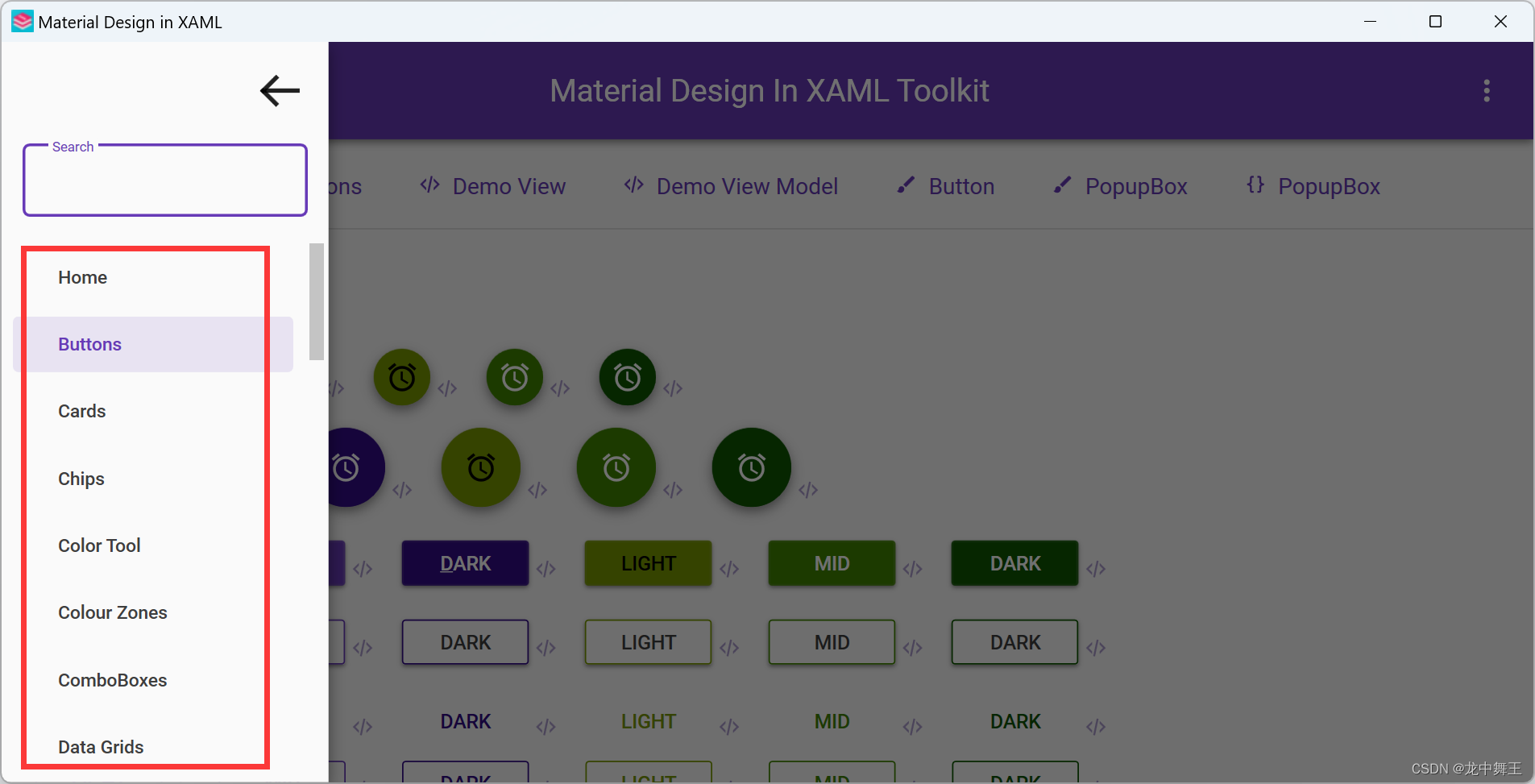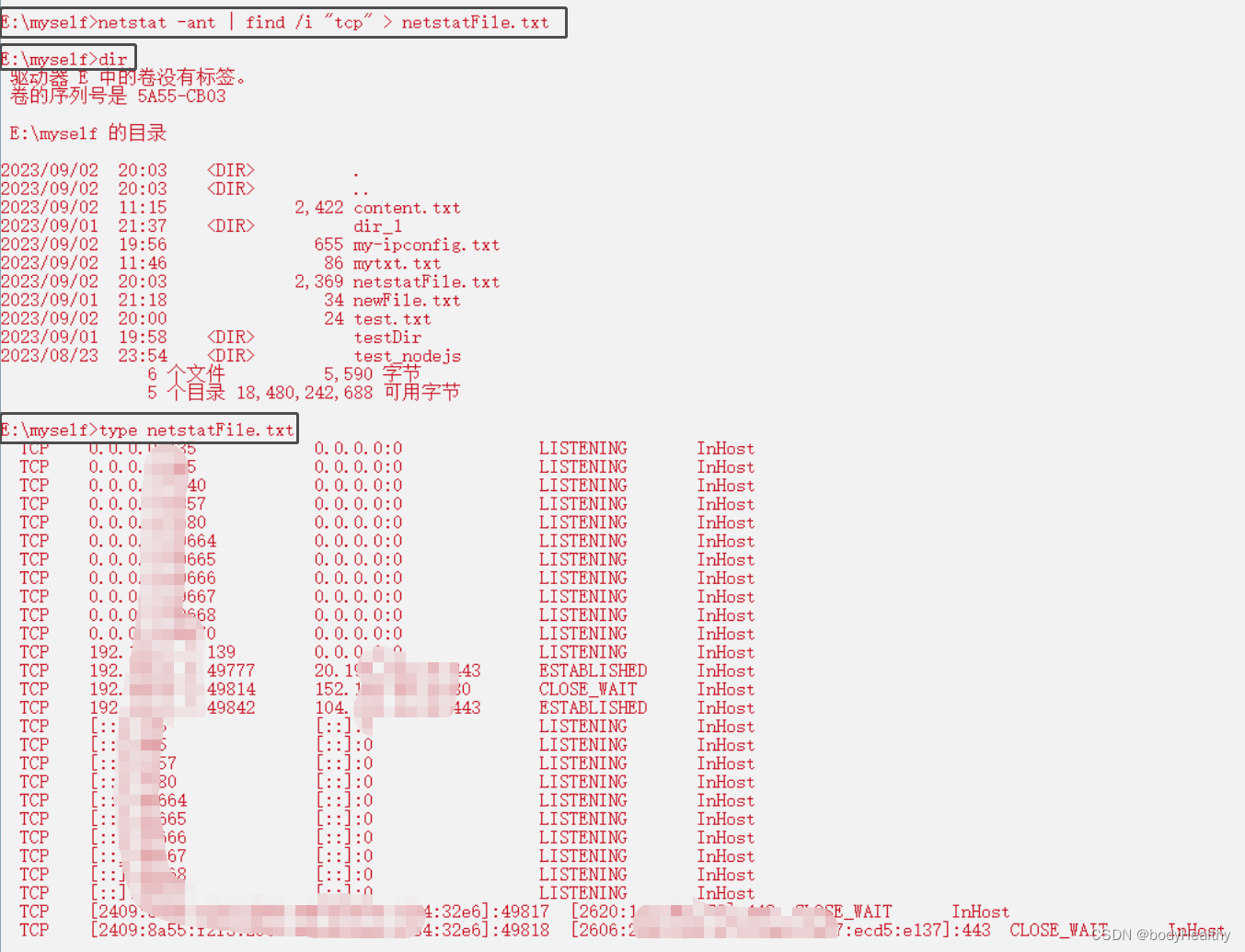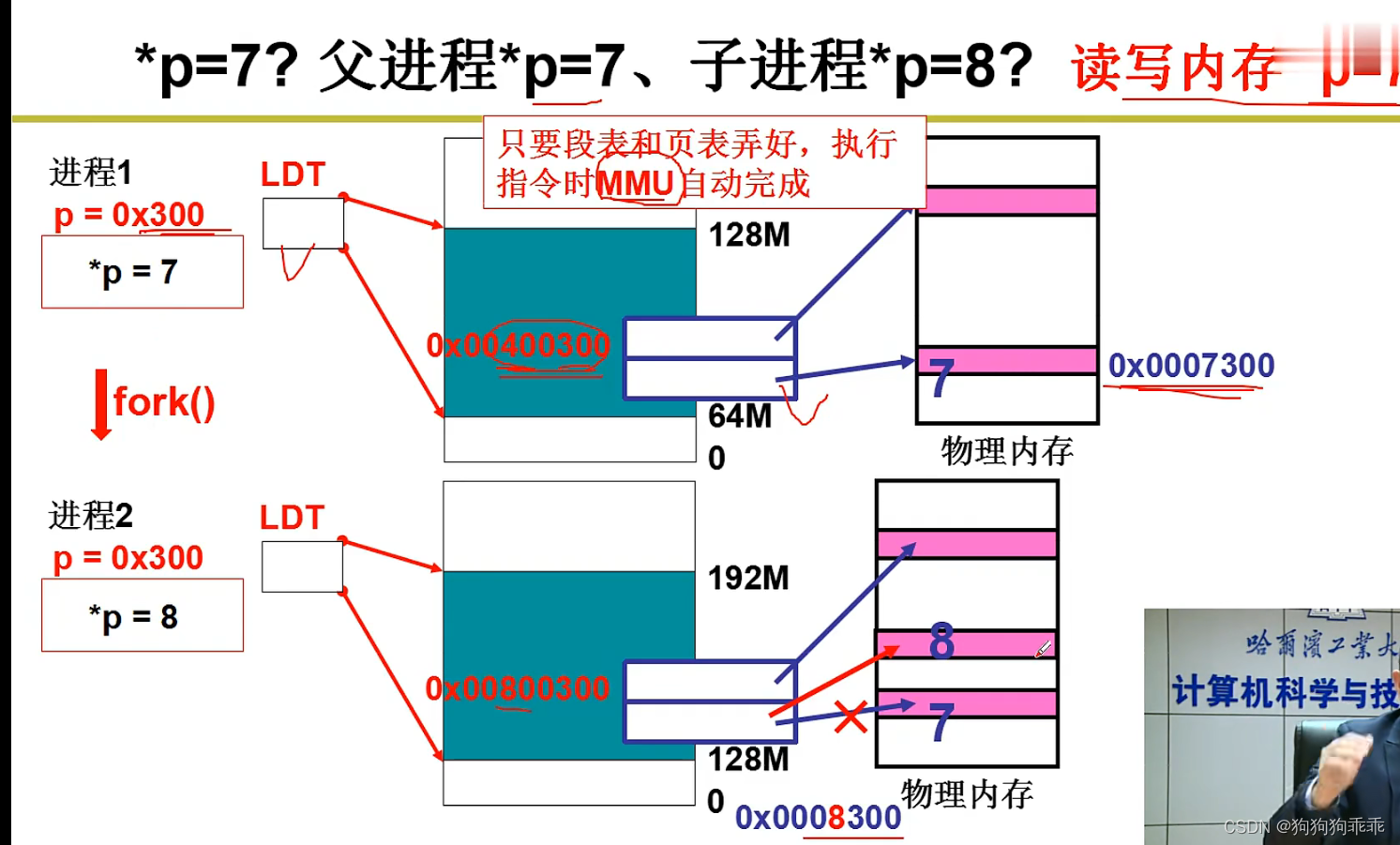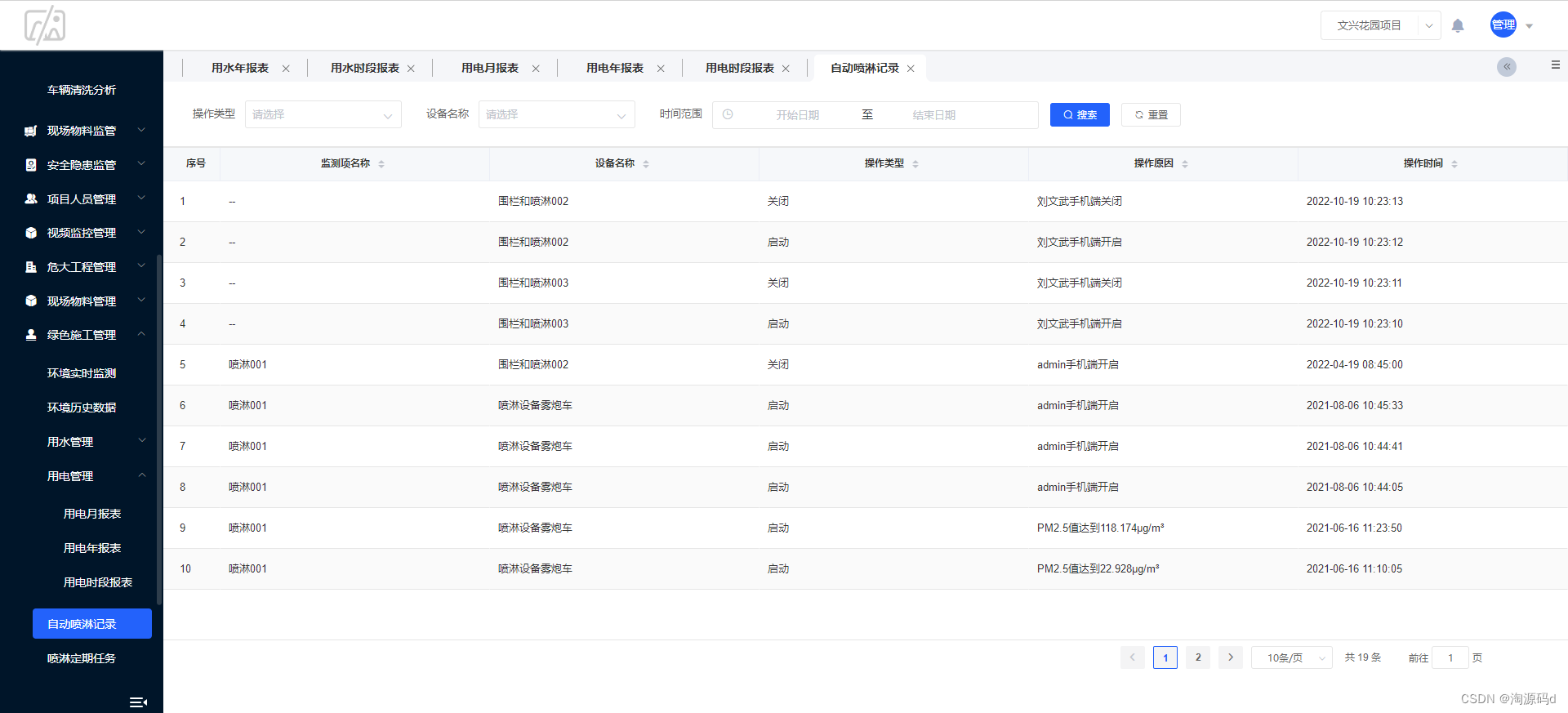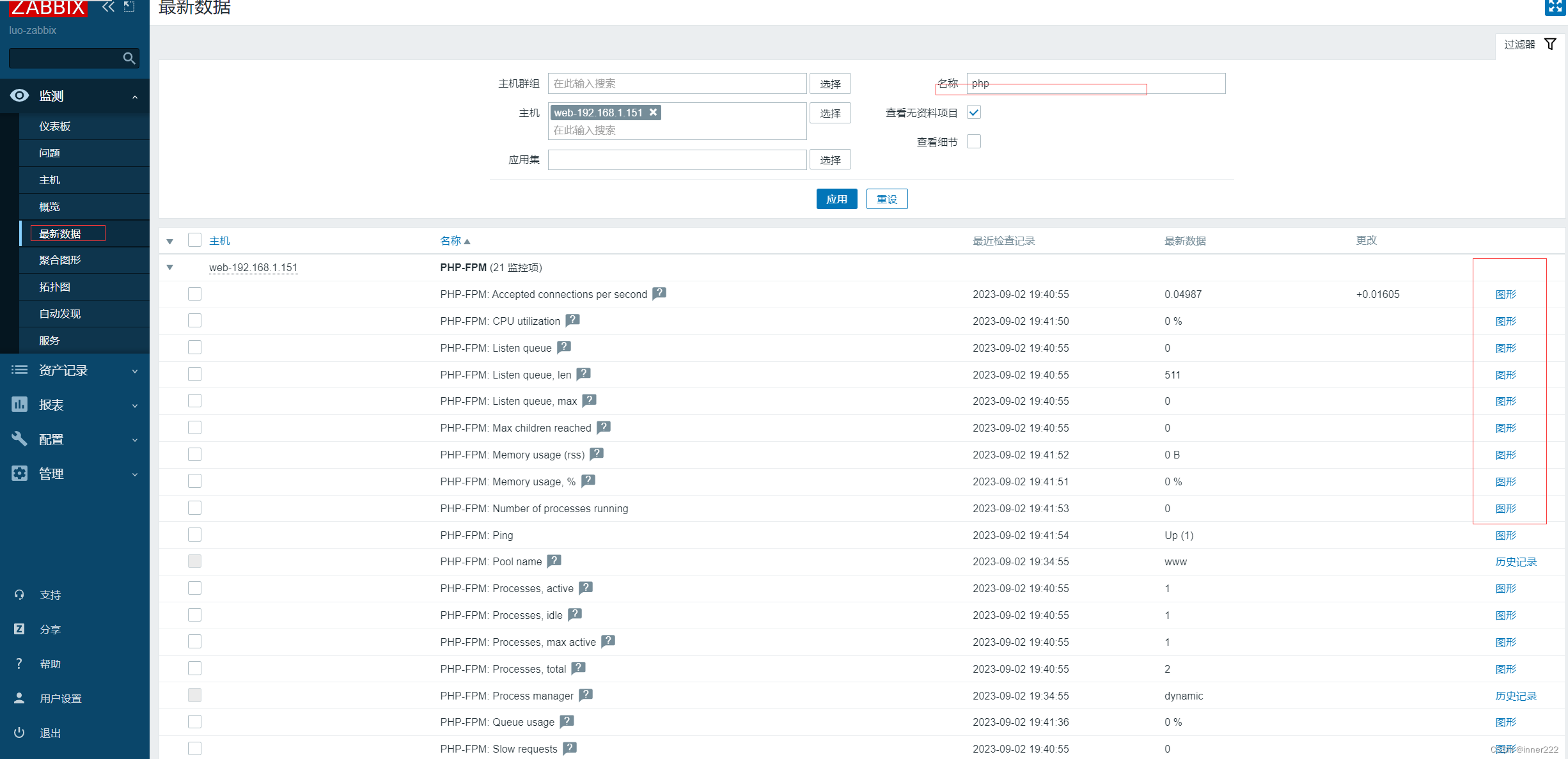在django前端页面上展示的数据,还是使用django模板自带的语法
方式1 不推荐使用 直接使用 【df.to_html(index=False)】
使用to_html他会生成一个最基本的表格没有任何的样式,一点都不好看,如果有需要的话可以自行修改表格的样式,但博主觉得这样的方式太麻烦,
后端
df = pd.DataFrame({'Name': ['John', 'Alice', 'Smith'],
'Age': [30, 25, 35],
'City': ['New York', 'London', 'Paris']})
# 将DataFrame转换为HTML字符串
table_html = df.to_html(index=False)
# 将表格数据和其他数据打包成上下文对象
content= {
'table_html': table_html
}
return render(request, '自己的前端网页', content)
前端
<!DOCTYPE html>
<html>
<head>
</head>
<body>
<table>
{{ table_html | safe }}
</table>
<!-- 其他页面内容 -->
</body>
</html>效果

方式2 推荐使用 将df转为字典放到特定的表格下
这个表格是博主已经写好<table>有一定的样式了,这个方式就是将每一行数据给放到表格里面,相当于只是传递了数值。
下面的django模板语法能够动态的更新标题行和数据,数据表格有变动不需要修改前端模板
后端
df = pd.DataFrame({'Name': ['John', 'Alice', 'Smith'],
'Age': [30, 25, 35],
'City': ['New York', 'London', 'Paris']})
table_data = df.to_dict('records')
table_headers = df.columns.tolist()
content = {
'table_headers':table_headers,
'table_data': table_data
}
return render(request, '自己的前端网页', content)
前端
<!DOCTYPE html>
<html>
<head>
</head>
<body>
<div class="table-responsive">
<div id="example_wrapper" class="dataTables_wrapper">
<table id="example" class="display table dataTable" role="grid"
aria-describedby="example_info">
<thead>
<tr>
{% for header in table_headers %}
<th>{{ header }}</th>
{% endfor %}
</tr>
</thead>
<tbody>
{% for row in table_data %}
<tr>
{% for value in row.values %}
<td>{{ value }}</td>
{% endfor %}
</tr>
{% endfor %}
</tbody>
</table>
</div>
</div>
<!-- 其他页面内容 -->
</body>
</html>效果

